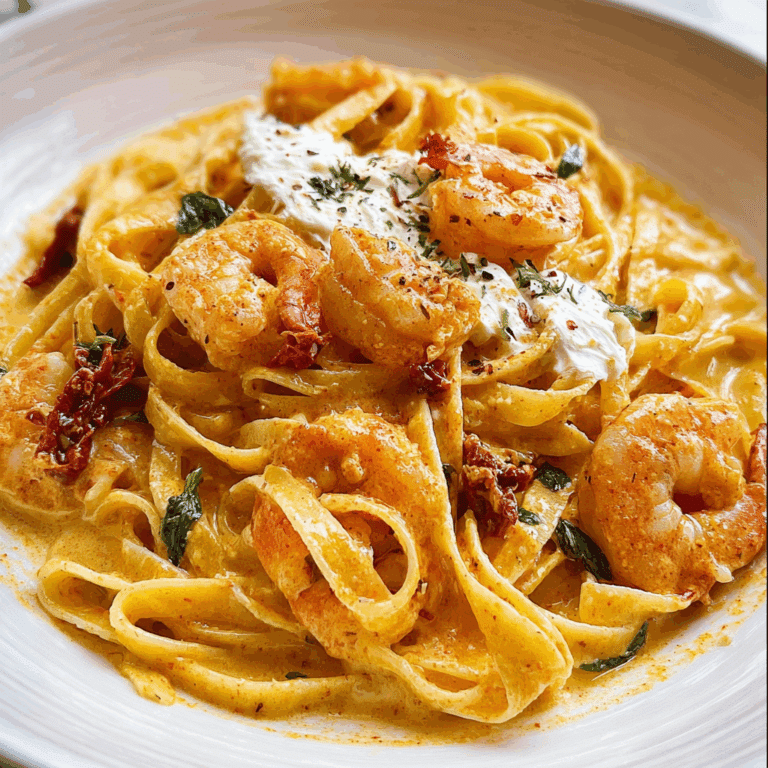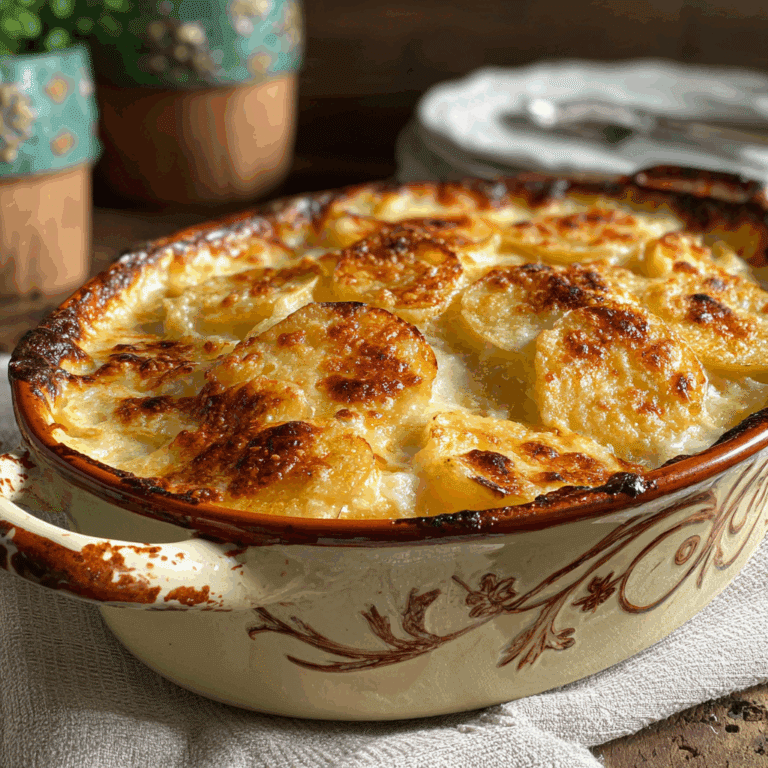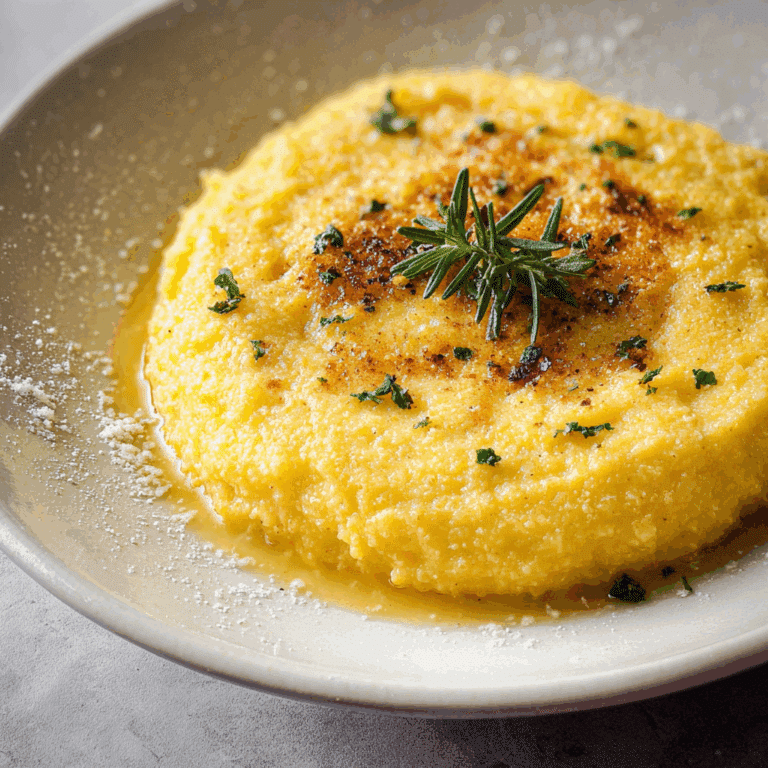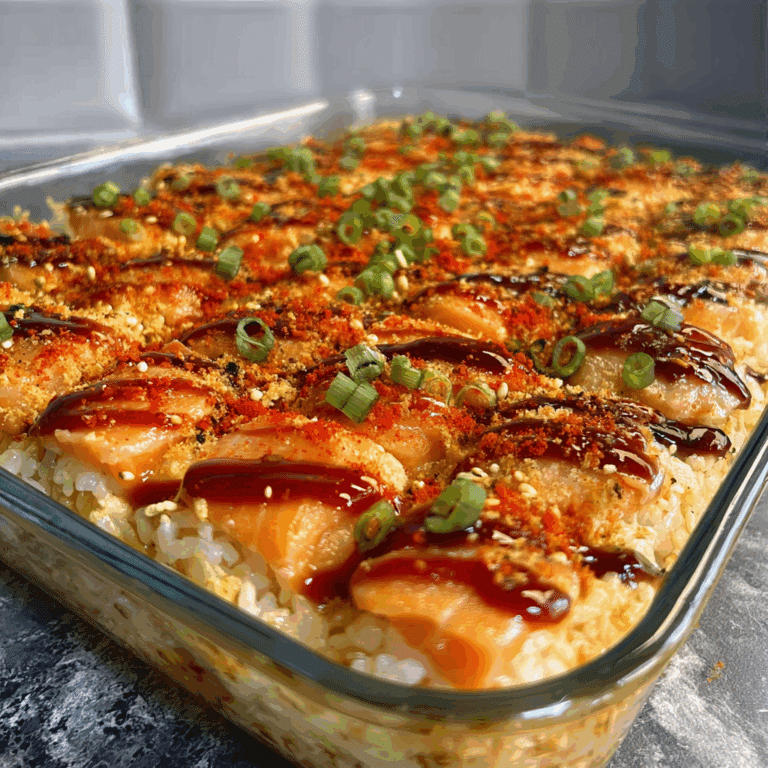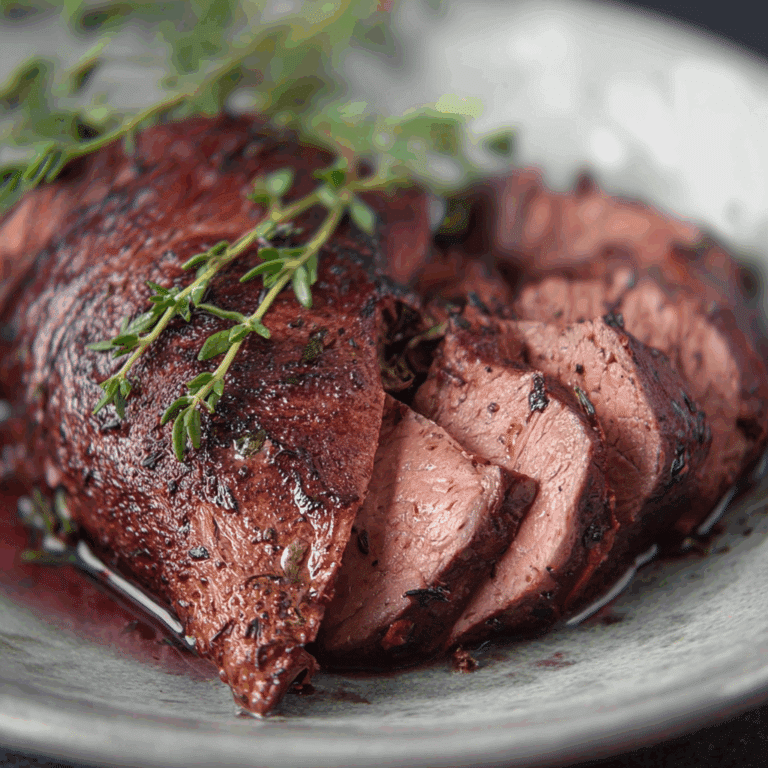Easy Gyudon Japanese Beef Bowls with Rice and Eggs
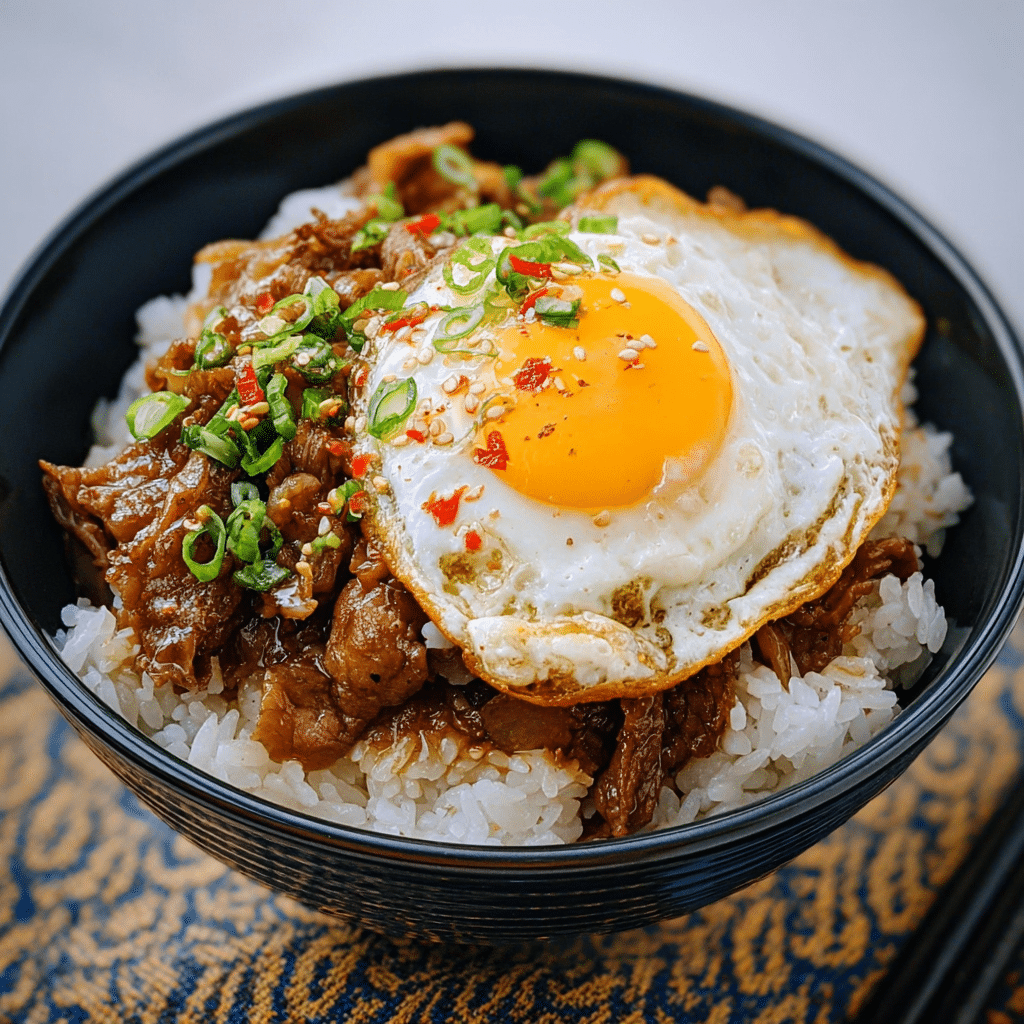
If you’re craving a warm, comforting meal that bursts with authentic Japanese flavors, look no further than Gyudon Japanese Beef Bowls with Rice and Eggs. This dish combines tender, savory beef simmered in a flavorful sauce, layered over fluffy white rice, and topped with silky eggs for a rich finish. Whether you’re new to Japanese cuisine or a longtime fan, Gyudon Japanese Beef Bowls with Rice and Eggs offer an easy, satisfying way to enjoy a classic that feels like a hug in a bowl.
Why You’ll Love This Recipe
- Quick and easy to prepare: This recipe comes together in under 30 minutes, making it perfect for busy weeknights or last-minute meals.
- Authentic Japanese flavors: The combination of soy sauce, mirin, and dashi delivers a genuine taste that transports you straight to Japan.
- Comfort food classic: The warm beef, rice, and eggs create a satisfying and filling meal that comforts your soul.
- Versatile for any occasion: Whether it’s a casual dinner or a special treat, Gyudon adapts beautifully to your needs.
- Budget-friendly ingredients: Uses simple pantry staples and affordable beef cuts, making it accessible and affordable.
Ingredients You’ll Need
Each ingredient in this Gyudon Japanese Beef Bowls with Rice and Eggs recipe plays an essential role in shaping the final taste, texture, and appearance of your bowl. From tender beef strips to the fluffy jasmine rice and silky eggs, these components combine effortlessly for a delicious result.
- Thinly sliced beef: Choose well-marbled cuts like chuck or ribeye for tenderness and flavor.
- Onions: Sweet and soft, onions add a natural depth and balance to the dish.
- Soy sauce: A salty, umami-rich base for the simmering sauce.
- Mirin: Sweet cooking rice wine that enhances the savory notes and adds a subtle sweetness.
- Dashi stock: Traditional Japanese broth made from kombu and bonito flakes adds authentic umami.
- Sugar: Provides a mild sweetness that rounds out the flavors perfectly.
- Cooked white rice: Steamed short-grain rice forms the fluffy base of your bowl.
- Eggs: Soft or raw eggs used as a topping add richness and creamy texture.
- Pickled ginger (beni shoga): Optional but traditional, for a tangy contrast and color accent.
Variations for Gyudon Japanese Beef Bowls with Rice and Eggs
This recipe is wonderfully adaptable, inviting you to tailor it to your taste or dietary preferences. Feel free to swap, add, or remove ingredients to make it exactly how you like.
- Chicken Gyudon: Substitute thinly sliced chicken breast or thigh for the beef for a lighter option.
- Vegetarian version: Replace beef with sautéed mushrooms and tofu for an umami-packed meatless bowl.
- Spicy Gyudon: Stir in chili flakes or shichimi togarashi (Japanese seven-spice) to add a kick.
- Egg preparation: Use soft-boiled, poached, or even a raw egg yolk for different textures and flavors.
- Brown rice substitution: For a heartier, nutrient-rich base, try brown or mixed grain rice instead of white rice.

How to Make Gyudon Japanese Beef Bowls with Rice and Eggs
Step 1: Prepare the Ingredients
Start by thinly slicing your beef, ideally around 1/8-inch thick so it cooks quickly and remains tender. Slice your onions into half moons, and have your other ingredients measured and ready.
Step 2: Make the Broth
In a medium-sized pan, combine dashi stock, soy sauce, mirin, and sugar. Bring this mixture to a gentle simmer, stirring to dissolve the sugar completely for a balanced, flavorful broth.
Step 3: Cook the Onions and Beef
Add the sliced onions to the simmering broth and cook until they become translucent and tender. Then, add the beef slices a few at a time, letting them soften and absorb the savory broth without overcooking.
Step 4: Prepare the Rice
While the beef and onions simmer, ensure your rice is freshly cooked and steaming. Short-grain Japanese rice works best for the authentic fluffy texture and stickiness that holds the bowl together.
Step 5: Assemble the Bowl
Spoon the cooked rice into your serving bowls, then ladle over the beef and onions with some broth. Top each bowl with a soft-cooked or raw egg, and add a small mound of pickled ginger if desired.
Pro Tips for Making Gyudon Japanese Beef Bowls with Rice and Eggs
- Choose thin slices: The thinner your beef, the quicker it cooks and the more tender it stays.
- Use quality dashi: Authentic dashi broth makes a huge flavor difference; consider making your own for best results.
- Control simmering: Keep the heat gentle to prevent the beef from toughening and to blend flavors perfectly.
- Don’t over-sweeten: Balance the sugar carefully with soy sauce and mirin to avoid overpowering sweetness.
- Fresh eggs matter: Use fresh eggs for the best taste and texture, especially if serving raw or lightly cooked on top.
How to Serve Gyudon Japanese Beef Bowls with Rice and Eggs
Garnishes
Traditional garnishes like beni shoga (pickled red ginger) add a refreshing tang and vibrant color, while thinly sliced scallions or sesame seeds provide extra flavor and texture contrast.
Side Dishes
Gyudon pairs beautifully with simple sides such as miso soup, steamed greens, or a crisp cucumber salad to round out the meal without overpowering the main flavors.
Creative Ways to Present
Serve Gyudon Japanese Beef Bowls with Rice and Eggs in rustic ceramic bowls for a traditional feel, or layer ingredients in clear glass bowls for a modern twist that shows off the beautiful layers of beef, rice, and egg.
Make Ahead and Storage
Storing Leftovers
Keep any leftover beef and broth in an airtight container in the refrigerator for up to 3 days. Store rice separately to prevent it from becoming mushy.
Freezing
While the beef mixture can be frozen, it’s best to freeze it without rice or eggs. Freeze in portions in airtight containers and thaw overnight in the refrigerator to preserve quality.
Reheating
Warm the beef and broth gently in a pan over low heat, stirring occasionally. Reheat rice separately in the microwave or on the stovetop to keep its texture fluffy. Add fresh or softly cooked eggs when serving to maintain creaminess.
FAQs
Can I use regular beef instead of thinly sliced beef?
Regular beef cuts can be used but may require slicing thinly or cutting into small strips for the best texture and to cook quickly in the broth.
Is it safe to eat raw egg on top?
Using fresh, high-quality eggs reduces risk, and many enjoy raw egg in this dish traditionally. However, if you have concerns, opt for soft-boiled or poached eggs instead.
Can Gyudon be made without dashi stock?
You can substitute dashi with beef broth or vegetable stock, but using authentic dashi enhances the umami and traditional flavor of Gyudon Japanese Beef Bowls with Rice and Eggs.
How spicy is the traditional Gyudon?
The classic Gyudon is not spicy, but adding condiments like shichimi togarashi can add heat if you prefer a spicier bowl.
Can I make this recipe vegan?
Yes! Replace the beef with mushrooms or tofu and use vegetable stock instead of dashi to create a delicious vegan version of Gyudon Japanese Beef Bowls with Rice and Eggs.
Final Thoughts
Gyudon Japanese Beef Bowls with Rice and Eggs are a delightful way to bring comforting Japanese home cooking to your table with ease. With simple ingredients and straightforward steps, this recipe is perfect for anyone craving a bowl of rich, savory goodness. Try it today and experience the joy of an authentic dish that feels both special and familiar.
Related Posts
- Why Tomato Basil Chicken Rigatoni Will Wow You
- Easy Butternut Squash Chicken Couscous Recipe
- 7 Easy Ways to Make Baked Chicken Nuggets
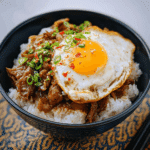
Gyudon Japanese Beef Bowls with Rice and Eggs
- Total Time: 25 minutes
- Yield: 2 servings 1x
- Diet: Gluten Free
Description
Gyudon Japanese Beef Bowls with Rice and Eggs is a quick and comforting dish featuring tender, thinly sliced beef simmered in a savory broth made from soy sauce, mirin, dashi, and sugar, served over fluffy steamed rice and topped with silky eggs. This authentic Japanese dish is perfect for busy weeknights and offers a warm, satisfying meal packed with traditional flavors and simple ingredients.
Ingredients
Beef and Broth
- 300g thinly sliced beef (chuck or ribeye recommended)
- 1 large onion, sliced into half moons
- 120ml dashi stock
- 60ml soy sauce
- 60ml mirin
- 1 tbsp sugar
Base and Toppings
- 2 cups cooked short-grain white rice (steamed)
- 2 eggs (soft-cooked, poached, or raw)
- Pickled ginger (beni shoga), optional
Instructions
- Prepare the Ingredients: Thinly slice the beef to about 1/8-inch thickness for quick cooking and tenderness. Slice the onion into half moons. Measure and prepare all other ingredients to have them ready.
- Make the Broth: In a medium pan, combine dashi stock, soy sauce, mirin, and sugar. Bring to a gentle simmer while stirring to dissolve the sugar completely. This creates a balanced and flavorful broth base.
- Cook the Onions and Beef: Add the sliced onions to the simmering broth and cook until translucent and tender. Gradually add beef slices in batches, allowing them to soften in the broth without overcooking, absorbing the savory flavors.
- Prepare the Rice: While the beef and onions cook, ensure the white rice is freshly steamed and hot. Short-grain rice works best for a fluffy, slightly sticky texture that holds the bowl together.
- Assemble the Bowl: Spoon the cooked rice into serving bowls. Ladle the beef, onions, and some broth over the rice. Top each bowl with a soft-cooked or raw egg according to preference, and add a small portion of pickled ginger if desired.
Notes
- Use thinly sliced beef for quicker cooking and tender results.
- For best flavor, use authentic dashi stock—homemade if possible.
- Keep simmering heat gentle to avoid toughening the beef.
- Balance the sweetness carefully to avoid overpowering the dish.
- Use fresh eggs, especially when serving raw or lightly cooked on top.
- Prep Time: 10 minutes
- Cook Time: 15 minutes
- Category: Main Course
- Method: Simmering
- Cuisine: Japanese
Nutrition
- Serving Size: 1 bowl
- Calories: 600 kcal
- Sugar: 8 g
- Sodium: 1500 mg
- Fat: 25 g
- Saturated Fat: 9 g
- Unsaturated Fat: 12 g
- Trans Fat: 0 g
- Carbohydrates: 65 g
- Fiber: 2 g
- Protein: 35 g
- Cholesterol: 215 mg
Keywords: Gyudon, Japanese beef bowl, Japanese rice bowl, beef and rice, comfort food, quick Japanese meal
